I first got into the smartwatch game when I paired a Galaxy Note 3 with a Galaxy Gear. That was ages ago. I’ll be honest, I liked the Galaxy Gear, but it was flawed and not very useful.
After that watch conked out, I went without a smartwatch for years. I knew what to expect from one, and I just didn’t feel like I needed it. Counting steps is cool and all, but phones are now pretty good at tracking how far you’ve walked and counting steps.
For the curious: Phones use built-in sensors like accelerometers to detect movement, gyroscopes to determine orientation, and sometimes barometers to track altitude changes. These sensors feed data into specialized pedometer algorithms that identify and count steps while filtering out non-walking movements. Your phone then combines this with your stride length to estimate distance.
I’ve compared a smartwatch to a phone, and for someone who isn’t training for a competitive marathon, I’m happy with the step count on the phone.
That was my stance for years until I realized I had a terrible sleep schedule. My phone could only tell me how long I was in bed, but not the quality of my sleep. So, I got back into the smartwatch game primarily to track my sleep.
Beyond sleep tracking
Of course, I also enjoy getting notifications on my wrist, allowing me to glance at them without pulling out my phone and risking distractions.
I like the media controls too—well, not necessarily controlling the media itself since I usually just skip tracks from my headphones, but I enjoy being able to see what I’m listening to when shuffling through playlists.
Another feature I appreciate is taking calls from my wrist when I’m away from my phone at home. It’s not a game changer, but not having to rush back to find my phone to answer a call is a cool perk.
For some reason, timers just seem to belong on the wrist. I absolutely love using timers on my smartwatch.
Health
All of the above is great, but I think I’m most glad I got a smartwatch again for the health tracking. As I mentioned, sleep tracking was my main priority.
WatchOS 11 came with a new app called Vitals, which provides overnight health metrics like heart rate, respiratory rate, wrist temperature, blood oxygen levels, and sleep duration. Those, along with the sleep summary, are the first things I check in the morning.
That was a bad day with just 4 hours of sleep but I know exactly why it was that bad. I won’t be repeating that mistake.
I’ve learned what affects my sleep quality and what causes fatigue in the mornings. Now, I’m strict about my bedtime and how many cups of coffee I have at midnight.
Then there’s the sound levels app. It was made for people like me. I’m always listening to music and tend to turn the volume up a bit too high. Now, the watch alerts me when the volume is too loud.
This feature has been especially useful at events where the volume is too high. I know when to excuse myself to avoid subjecting my ears to damaging levels of sound for extended periods.
I pair this with the headphone safety features on my phone, which limit the volume to a preset decibel level. Now, I can enjoy my music knowing I’m not damaging my ears.
There are other features I like, but I could live without most of them. Sleep tracking and noise level monitoring are the ones I can’t go without. I guess it’s a sign I’m getting older. I’m now aware that I need to take better care of my body and that I’m not invincible anymore.
That’s my story of how I found myself using a smartwatch again. I totally get it if you don’t see a need for one, but that’s my journey.
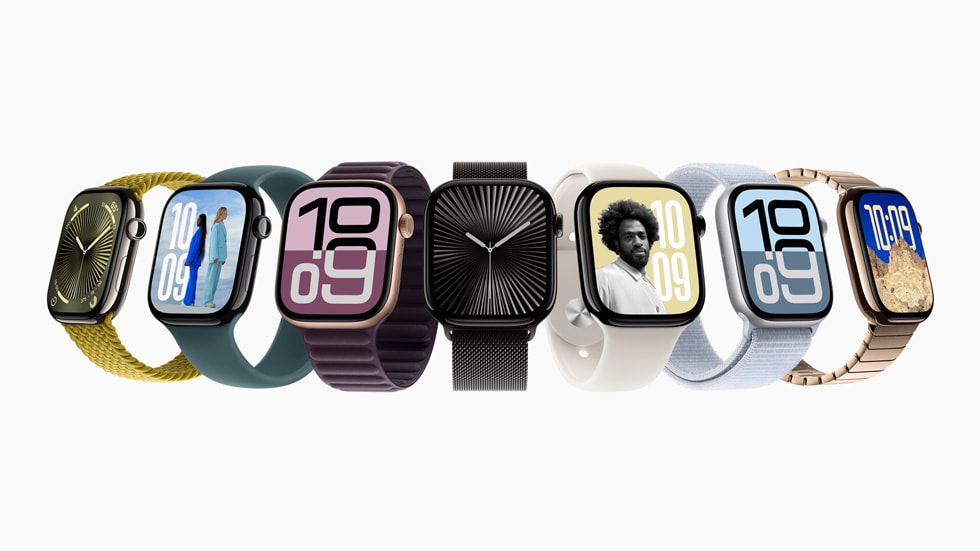
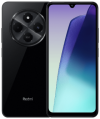
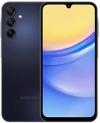


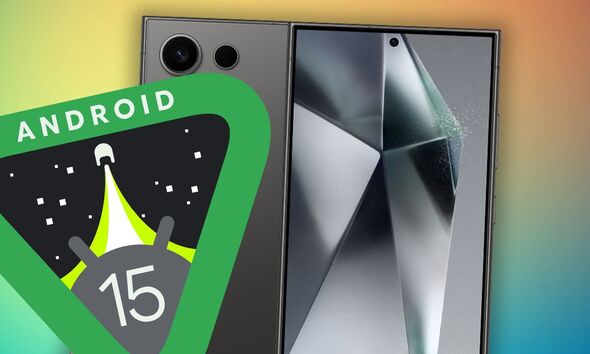


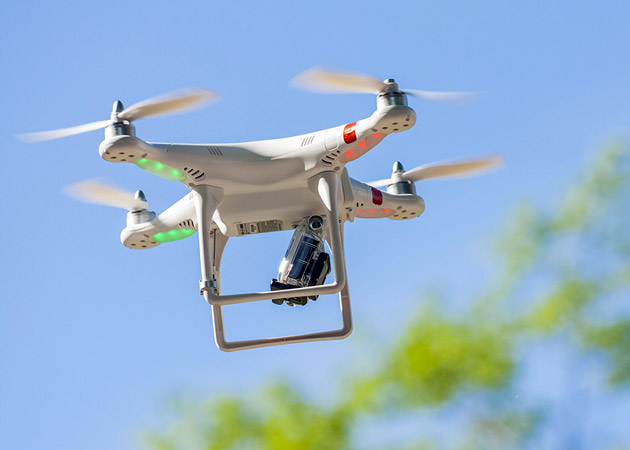


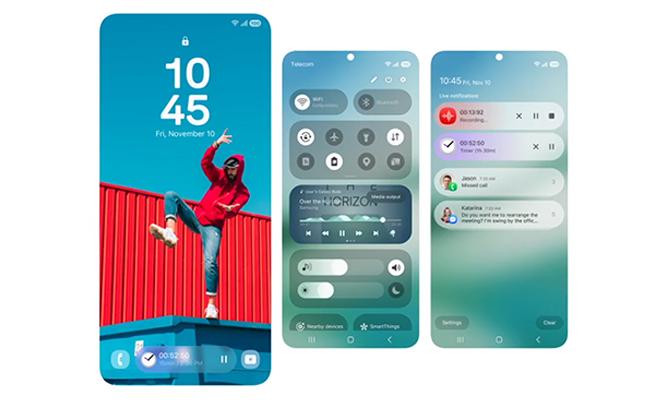
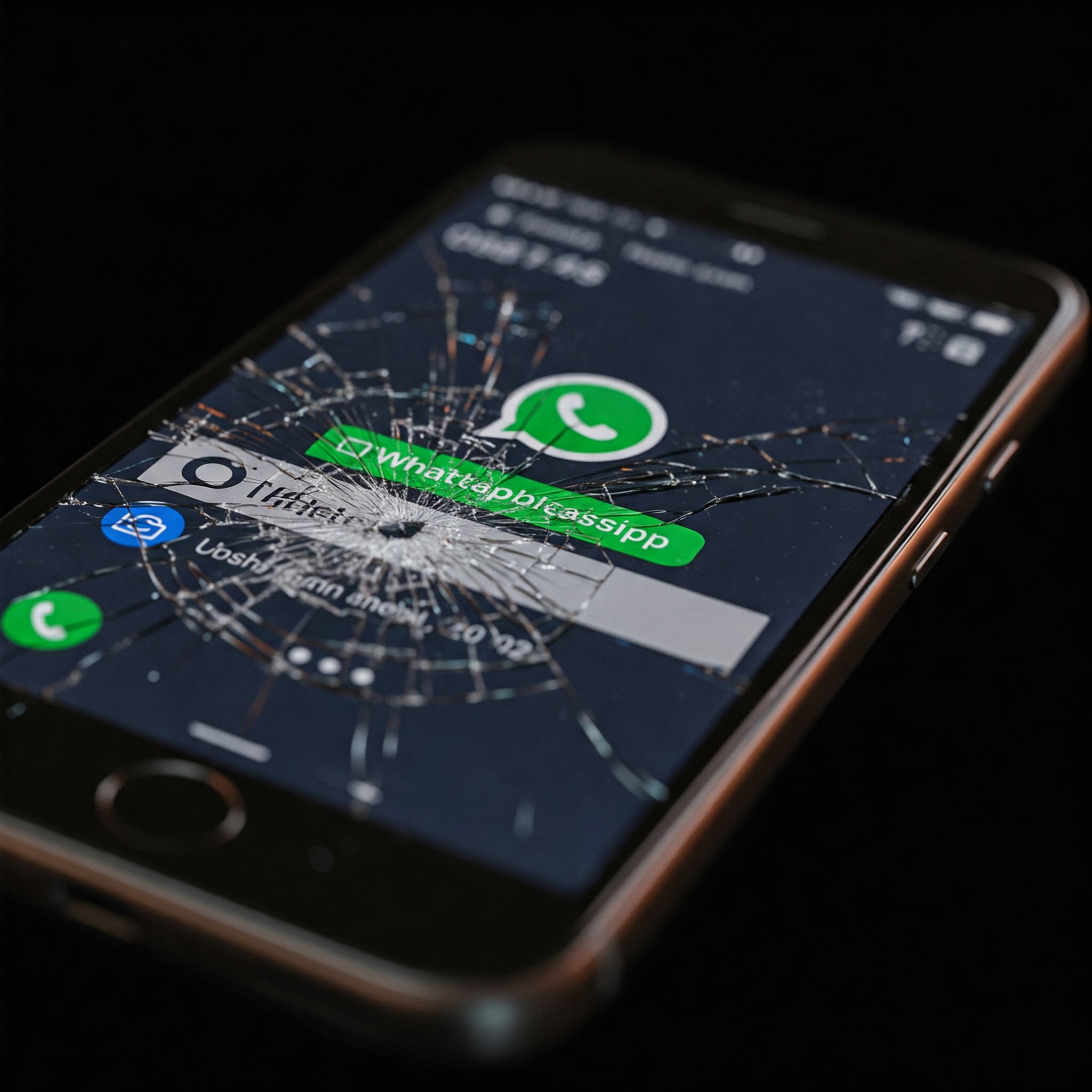

Comments
3 responses
Okay, but can you write an article on how we can use the current tech to slow down and reduce or reverse the effects of climate change🚀
Climate change is what the scientist would have you to believe but I actual fact these are the signs of the end times written in the bible…. You would be hitting against a wall in trying to fight against God words ” climate change” cannot be reversed it’s only when the new heaven and earth is ushered in we will not have any more climate change issue .. receive Jesus Christ as lord & saviour of your life before the salvation door is permanently locked!
There was a time dinosaurs roamed on earth and 1 day a meteorite destroyed the planet killing everything and all form of life. Million years later Human kind came on earth and survived and evolution took place.With too muuch knowledge, humans destroyed the planet killing themselves slowly, another meteorite is on its way to earth soon mankind will be extinct and another form of life will emerge or only those that will have left for Mars will remain alife and return back to earth to restart the mankind process.